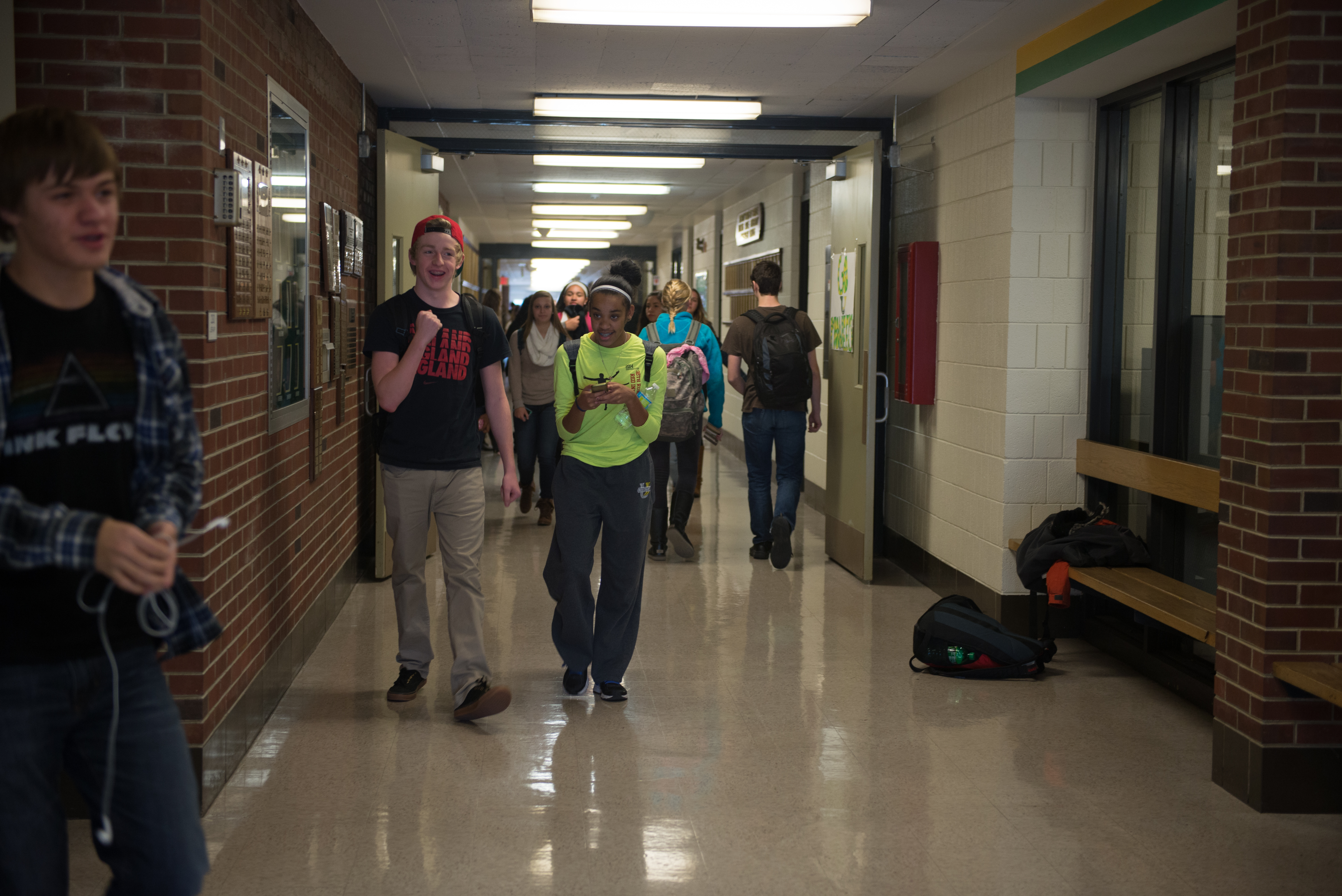The following resources focus on the educational climate and betterment of those serving the K–12 educational community.
High School Graduation and College Readiness Indicator Systems: What We Know, What We Need to Know This new paper provides a brief overview of the current state of the use of indicators for improving students’ educational attainment, considerations about which indicators to use when developing an indicator system, and some of the questions that have arisen as schools, districts, and states engage in these efforts.
Tackling the Teacher Shortage in Rural Schools The NREA is partnering with BetterLesson to deliver one-to-one professional development to NREA and affiliate member schools and districts. This is part of the effort to combat an acute teacher shortage in our rural school districts. Their aim is to assist teachers with implementing research-based instructional strategies into their classrooms and giving them the ability to reflect on how well the strategies work. The partnership between BetterLesson and NREA will support the NREA members with thought leadership, professional development opportunities, and the opportunity to participate in case studies that will help define what works in rural schools and districts.
Why American Students Haven’t Gotten Better at Reading in 20 Years Experts argue that the current instructional approach for reading is based on assumptions about how children learn that have been disproven by research over the last several decades. Though the traditional approach has been to devote the first several years of elementary school should to basic reading skills, the best way to boost students’ reading comprehension may be to expand their knowledge and vocabulary by teaching them history, science, literature, and the arts by using standards-aligned curricula.
New Brief Offers Implementation Recommendations for SEL A new brief “Preparing for Effective SEL Implementation,” by Harvard’s EASEL Lab cautions that even high-quality, evidence-based programs can falter if they are not implemented effectively. In fact, the authors write, disorganized approaches to SEL programming have been shown to have negative effects on staff morale and student engagement, “and therefore may risk doing more harm than good.” The brief is designed to help school and OST leaders avoid pitfalls by providing guidance on effective implementation through a set of recommendations that are linked to features of high-quality programs.
The Problem with Hurrying Childhood Learning Justin Minkel shares ways that teachers, parents, and administrators can take a deep breath and see past the timetables set by adults to the particular journeys of the children themselves. (Education Week)
Equity Dashboard Advance Illinois’ new Equity Dashboard takes a deeper dive into Illinois’ new, equitable, school funding formula. Save the date: Advance Illinois will hold an Equity Dashboard webinar on Thursday, May 17, noon to 1 p.m. More information to come. (Advance Illinois)
How Long Do Kids Have to Stay in School? Longer Than They Did Five Years Ago Many states have significantly raised their mandatory-attendance age in the last five years, new federal data show. In a 2012 State of the Union address, then-President Obama called for states to prevent students from dropping out before age 18. (Education Week)
Can a Few Simple Letters Home Reduce Chronic Absenteeism? New Research Shows They Can But when parents are given accurate information about their children’s absences, new research shows, they can become valuable players in making sure their kids show up at school. (74)
Preparing Educators and School Leaders for Effective Arts Integration Research shows the positive impact of arts integration on students’ cognitive skills, engagement and attitudes about learning. How can states support educators and school leaders as they work to integrate the arts into core curricula? Learn more about successful state approaches and the impact on student outcomes in the new report.

